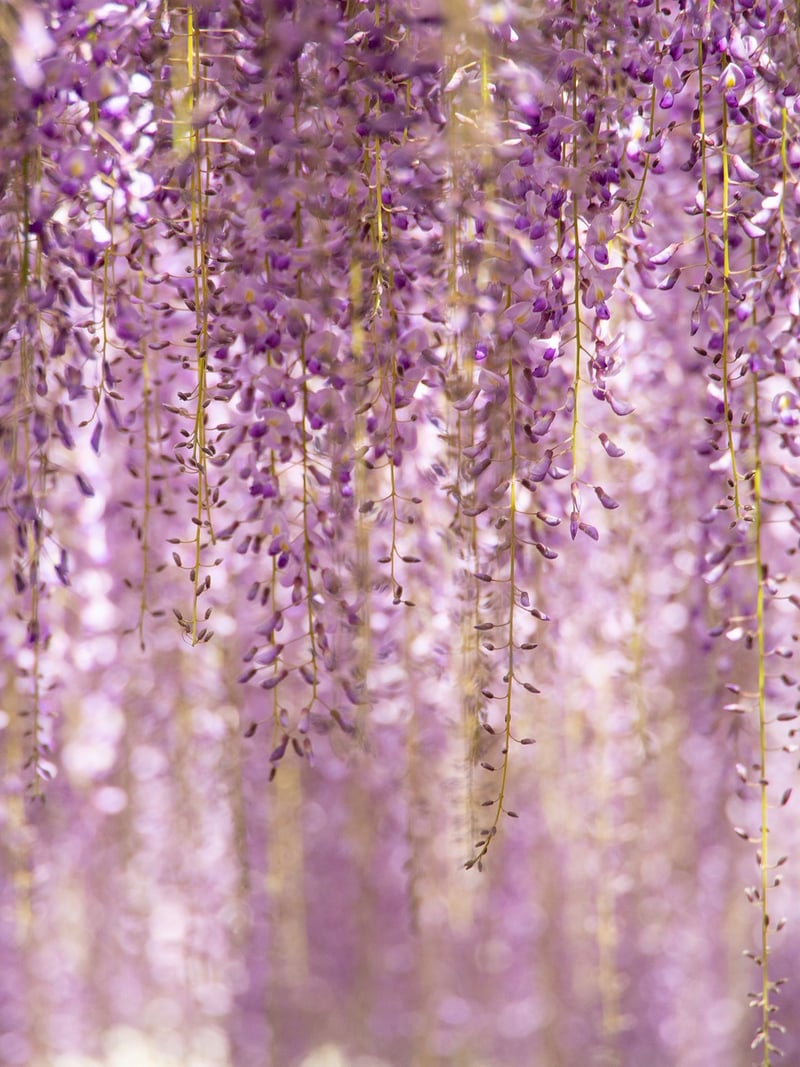Irrigation Systems
#Wall preparation
#Irrigation
#Lighting
Tips for Installing Vertical Gardens and Irrigation Systems
Vertical Gardens Installation
Vertical gardens are a fantastic way to add greenery to limited spaces. Here are some tips for installing your vertical garden:
- Choose the Right Location: Select a spot with adequate sunlight exposure for your plants.
- Use a Sturdy Structure: Ensure your vertical garden structure is securely attached to the wall to support the weight of the plants and soil.
- Use Quality Soil: Opt for a lightweight, well-draining potting mix to prevent waterlogging.
- Plan Your Plant Layout: Consider the growth habits and light requirements of your plants when arranging them in the vertical garden.
- Regular Maintenance: Water your plants as needed, prune regularly, and check for pests to keep your vertical garden thriving.
Irrigation Systems
Proper irrigation is key to the success of your vertical garden. Here are some tips for setting up an efficient irrigation system:
- Drip Irrigation: Consider installing a drip irrigation system to deliver water directly to the roots of your plants.
- Use Timers: Utilize timers to automate your watering schedule and ensure consistency.
- Adjustable Emitters: Opt for adjustable emitters to control the flow of water based on each plant's needs.
- Monitor Moisture Levels: Invest in moisture sensors to gauge the moisture levels in your vertical garden and adjust watering accordingly.
- Regular Inspections: Check your irrigation system regularly for leaks, clogs, or malfunctions to prevent plant stress.
By following these tips for installing vertical gardens and setting up an efficient irrigation system, you can create a thriving green space even in limited areas.


